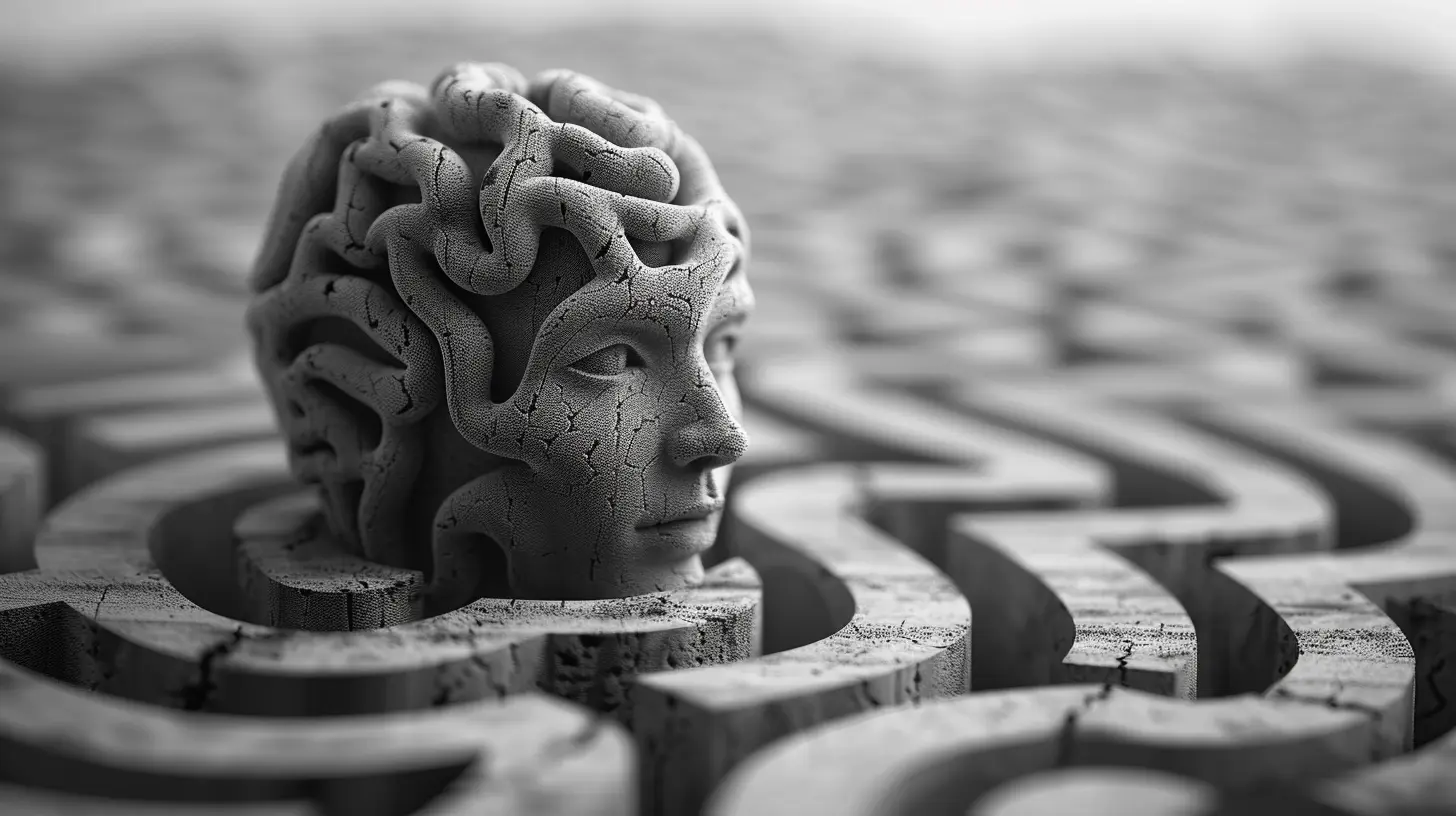The Role of Mental Models in Complex Decisions
21 June 2025
Making decisions is a part of everyday life, but when it comes to complex situations—business strategies, personal relationships, or life-changing choices—the process can be overwhelming. How do we navigate through all the information and uncertainty? This is where mental models come into play. They act like a mental toolkit, helping us interpret the world, anticipate outcomes, and make better decisions.
So, what exactly are mental models? How do they influence our thinking? And most importantly, how can we use them to make smarter choices? Let’s dive in!

What Are Mental Models?
Imagine your brain as a vast library filled with different frameworks for understanding the world. These frameworks—or mental models—are shortcuts that help us process information, recognize patterns, and predict outcomes.Think of it this way: If you've ever played chess, you don’t analyze every single possible move; instead, you rely on past experiences, strategy patterns, and shortcuts to make decisions. That’s a mental model in action!
Mental models help us simplify complexity. They are the reason why experts can make quick, seemingly effortless decisions while beginners struggle with information overload.

How Mental Models Shape Decision-Making
Our brains are constantly trying to make sense of the world, and mental models are the lens through which we perceive reality. They influence our judgments, guide our behavior, and help us weigh risks and rewards.Here’s how they impact our decision-making process:
1. They Provide a Framework for Understanding
Every decision we make is based on how we interpret a situation. If we have an effective mental model, we can evaluate information more efficiently. For example, a doctor diagnosing a patient doesn’t just rely on symptoms; they use medical models to connect the dots and make an informed decision.2. They Reduce Complexity
Complex decisions often involve too many variables to analyze one by one. Mental models cut through the noise, allowing us to focus on what truly matters.Consider investing in stocks. Without a model like opportunity cost (weighing alternatives), you might make impulsive decisions. But by applying the right mental model, you can think more strategically about risks and rewards.
3. They Improve Problem-Solving Abilities
When faced with an unfamiliar situation, mental models provide a roadmap. Instead of starting from scratch, we can apply existing models to approach problems logically.For instance, engineers rely on the first principles model, breaking problems down into fundamental truths rather than accepting assumptions. This approach has led to groundbreaking innovations, from electric cars to reusable rockets.

Common Mental Models for Better Decisions
Successful people across different fields—from business moguls to scientists—use mental models to make smarter decisions. Here are some of the most powerful ones:1. First Principles Thinking
Instead of relying on conventional wisdom, this model breaks problems down to their core elements and builds solutions from the ground up. Elon Musk famously used this to revolutionize the space and automotive industries.Example: Instead of assuming electric car batteries have to be expensive because they always have been, Musk asked, "What are the raw materials required?" and found a cheaper way to manufacture them.
2. Second-Order Thinking
Most people only consider immediate consequences, but second-order thinking forces you to think long-term.Example: A company might cut costs by reducing employee benefits, but second-order thinking reveals that unhappy employees will eventually lead to lower productivity and higher turnover.
3. The Pareto Principle (80/20 Rule)
This model suggests that 80% of outcomes come from 20% of efforts. By identifying the most impactful actions, you can achieve better results with less effort.Example: In business, focusing on the top 20% of customers often generates 80% of revenue.
4. Inversion
Instead of asking, "How can I succeed?" inversion flips the question: "What would guarantee failure?" By avoiding the worst mistakes, success becomes more attainable.Example: If you want to be healthy, identifying what leads to poor health (e.g., lack of sleep, junk food, inactivity) and avoiding them is just as important as actively pursuing good habits.
5. Occam’s Razor
This model states that the simplest explanation is often the best. When faced with multiple possibilities, choose the one that requires the fewest assumptions.Example: If your phone isn’t charging, the likely cause is a faulty cable—not an elaborate software conspiracy!

Why Relying on a Single Mental Model is Dangerous
While mental models are powerful, relying on just one can lead to cognitive biases and poor decisions. The best decision-makers use a latticework of mental models—combining different models to gain a more well-rounded perspective.Imagine trying to fix every problem with a hammer. Some situations require a screwdriver, a wrench, or pliers. The same applies to mental models: the more tools you have, the better prepared you are.
How to Develop Better Mental Models
Improving your decision-making starts with expanding your mental models. Here are some ways to build a stronger mental toolkit:1. Read Widely
Great thinkers like Charlie Munger advise learning from multiple disciplines—psychology, economics, history, physics. The more diverse your knowledge, the better your decision-making.2. Apply Models to Everyday Life
Practice using mental models in real-world scenarios. When faced with a decision, pause and ask:- What mental model applies here?
- Am I considering second-order consequences?
- Am I simplifying too much or overcomplicating things?
3. Learn from Mistakes
Every poor decision is an opportunity to refine your thinking. Ask yourself: "Which mental model could have helped me avoid this mistake?"4. Surround Yourself with Diverse Thinkers
Engaging in discussions with people from different backgrounds can introduce you to new mental models and challenge your assumptions.
Final Thoughts
Mental models are like cheat codes for the brain. They help us navigate complexity, avoid cognitive traps, and make better decisions. But no single model is a magic bullet—you need a toolbox filled with various models to handle different situations effectively.The more mental models you learn and apply, the sharper your decision-making will become. So, the next time you're faced with a tough choice, take a step back and ask: Which mental model can help me see this problem more clearly?
all images in this post were generated using AI tools
Category:
Decision MakingAuthor:

Matilda Whitley
Discussion
rate this article
2 comments
Quill Carr
Clarity in thought enhances decisions.
October 2, 2025 at 4:25 AM

Matilda Whitley
Absolutely! Clarity in thought allows for better understanding of mental models, ultimately leading to more effective decision-making in complex situations.
Hayden Anderson
Great insights on mental models! They truly simplify complex decisions and enhance our understanding of intricate situations.
June 29, 2025 at 2:30 PM

Matilda Whitley
Thank you! I'm glad you found the insights valuable. Mental models really do help clarify complexity!


